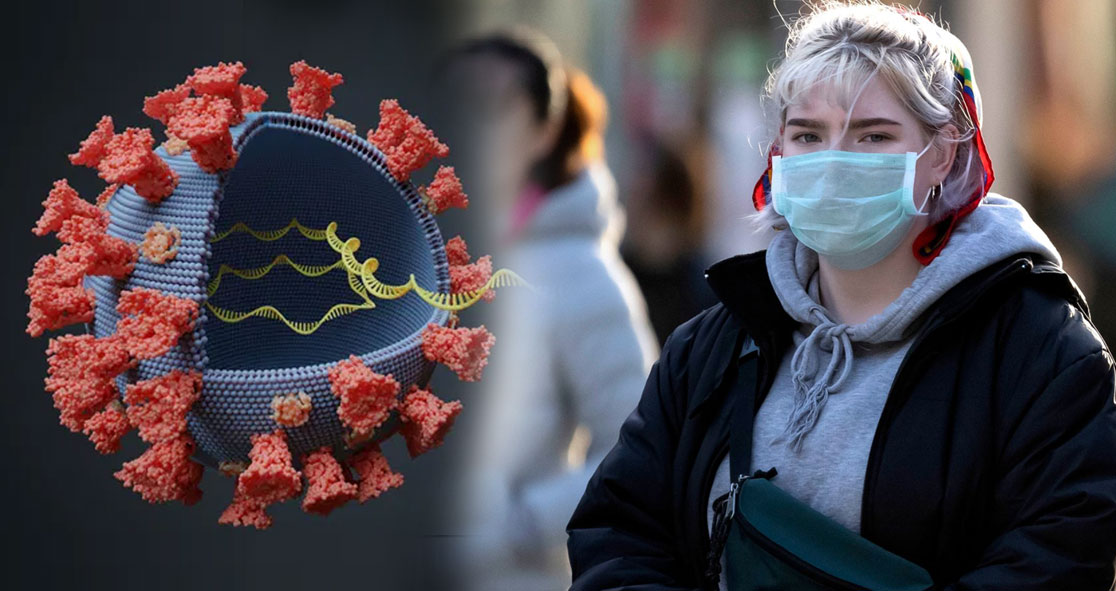The new coronavirus, SARS-CoV-2, which has affected more than 9.8 million Americans and killed over 239,800 people, is now thought to be getting more contagious because of its common genetic mutations, according to new research.
The mutation makes the virus more transmissible, to the extent where these viral strains will now dominate the whole world.
The study, published online last week in the journal mBio, has found that more than 99% of circulating coronavirus strains feature the D614G mutation on the spike protein. It has been found that people infected with this type of viral strain have higher nasopharynx viral loads.
However, the study researchers pointed out that this mutation was not linked to worse clinical outcomes. In addition, the D614G mutation is not expected to interfere with the efficacy of the current treatments.
Study author Dr. Ilya Finkelstein told Medscape Medical News, “As bad as SARS-CoV-2 is, we may have dodged a bullet in terms of how quickly it mutates.” He explained that the novel coronavirus tends to mutate much slower than HIV.
The researchers found that D614G was the most common genetic mutation, appearing in nearly 82% of the virus’ strains during the initial stage of the pandemic, between March 5 and May 11. However, from May 12 to July 7, the mutation jumped to 99.9%, according to the study.
They noted that the mutational jump “occurred very rapidly, in a matter of just a few months.”
The D614G mutation is believed to dominate globally because it increases the spike protein’s ability to open cells for the virus to enter and replicate, causing an intense immune response.
“The findings will help us to understand the origin, composition, and trajectory of future infection waves and the potential effect of the host immune response and therapeutic maneuvers on SARS-CoV-2 evolution,” the researchers said.
The ongoing molecular surveillance of SARS-CoV-2 “may provide critical insights into the origin of the new infection spikes and waves that are occurring as public health constraints are further relaxed, schools and colleges reopen, holidays occur, commercial air travel increases and individuals change their behavior because of COVID-19 fatigue,” they added.
Prof. Noam Shomron Tel Aviv University, Israel, who was not a part of the study, told Medscape Medical News, “The study is very interesting and well performed. Analyzing the SARS-CoV-2 molecular evolution in a specific region in the USA… could be viewed as a microcosm of what occurs in other large cities in the USA.”
However, Prof. Shomron cautioned, “before jumping to conclusions, this should be further validated. We know that many other features and contributors might affect the results — even social constraints could generate a bias in the observations.”
The article originally appeared on Medscape Medical News.























